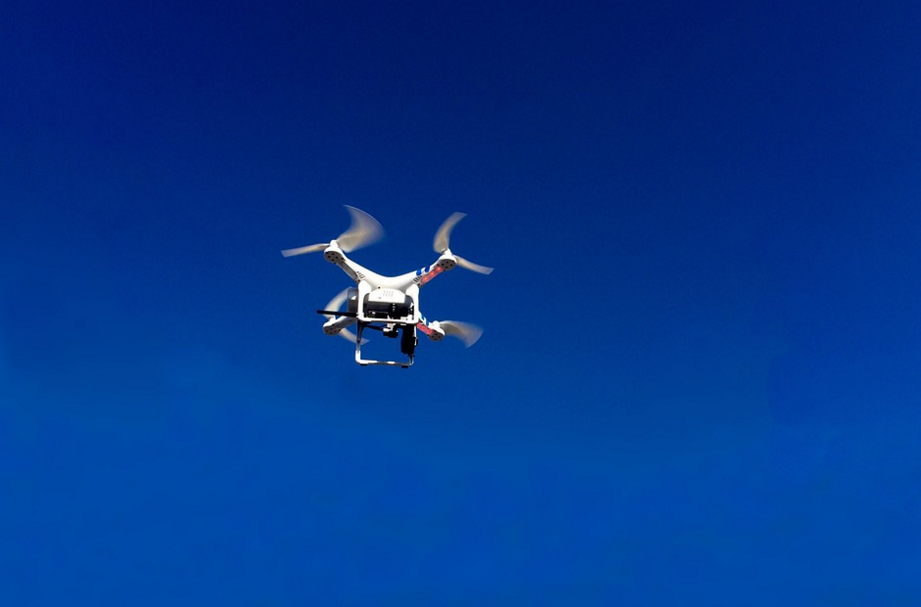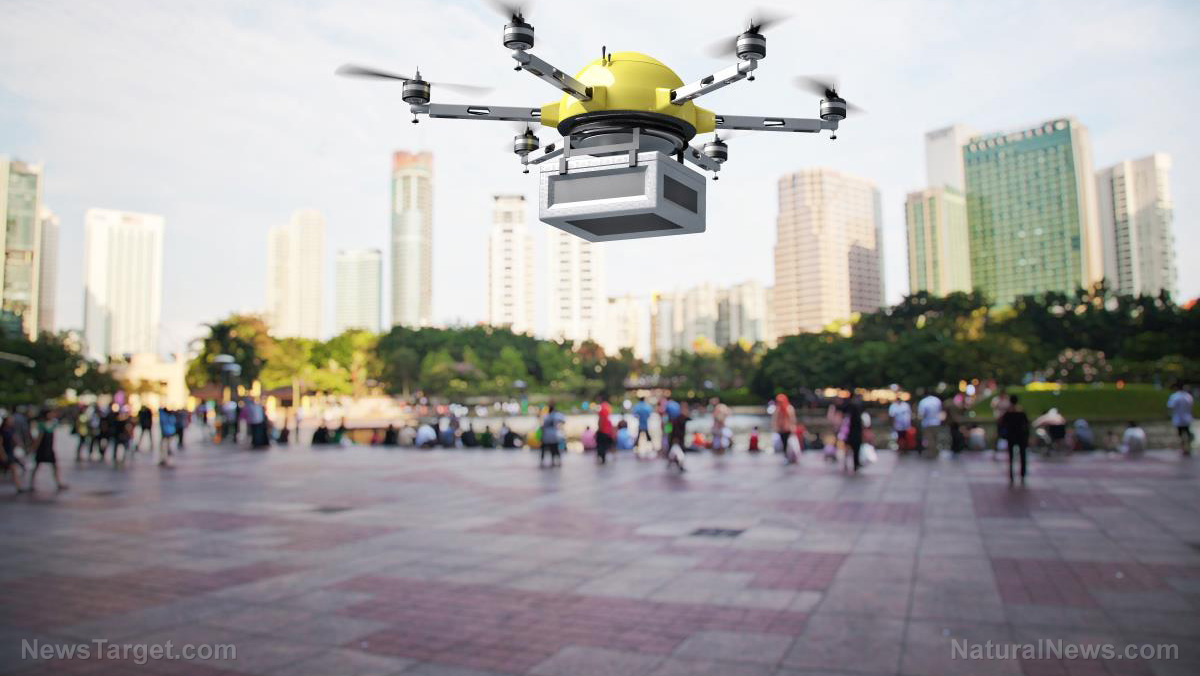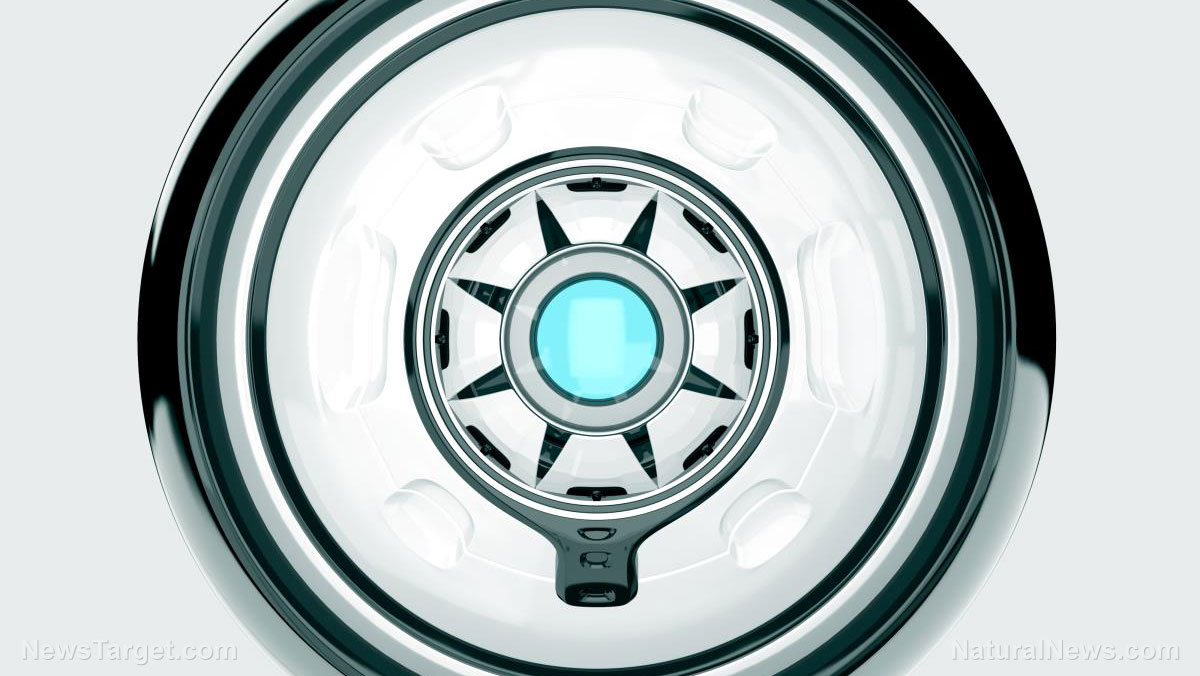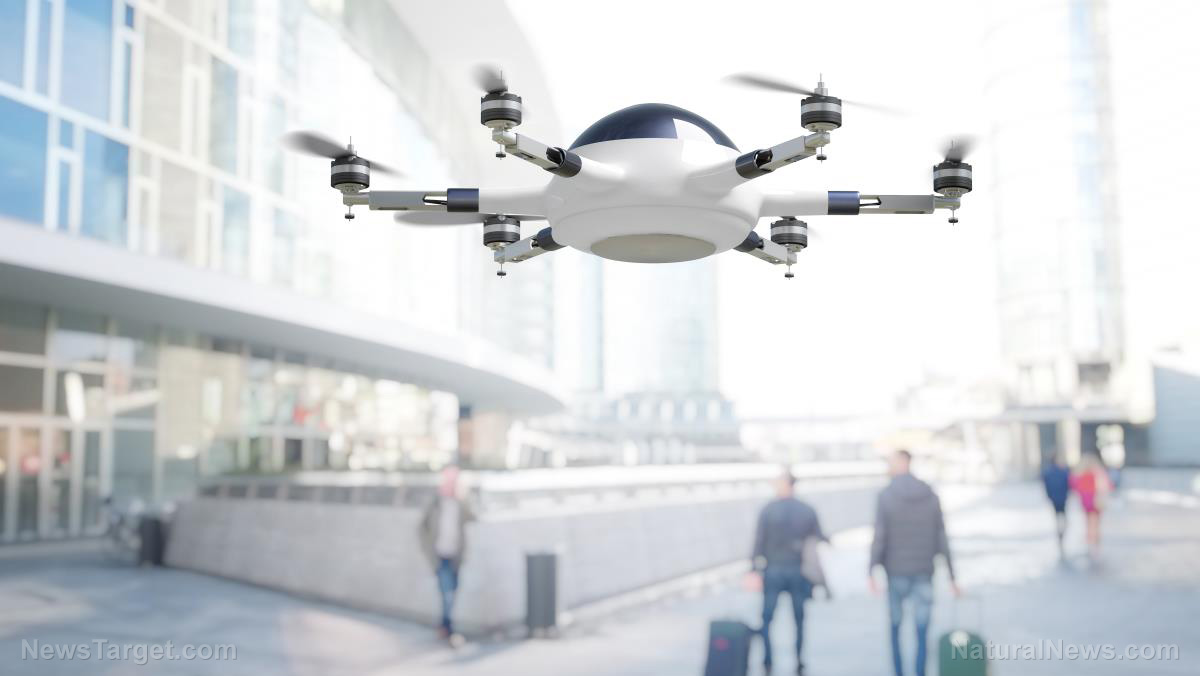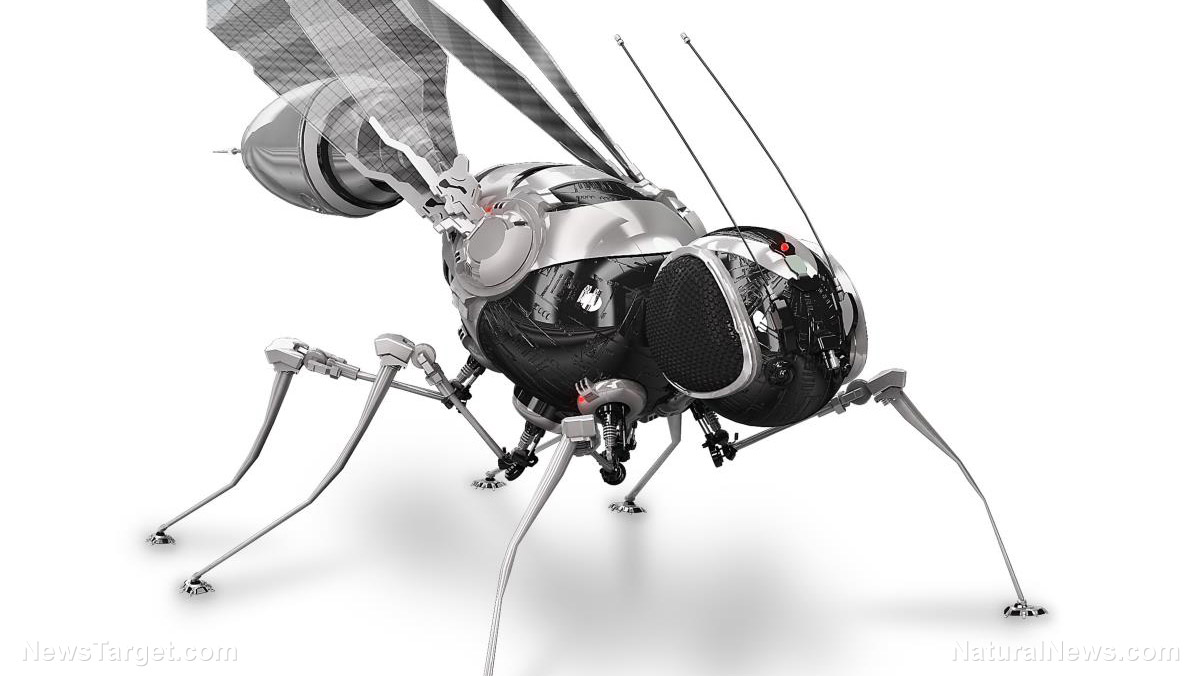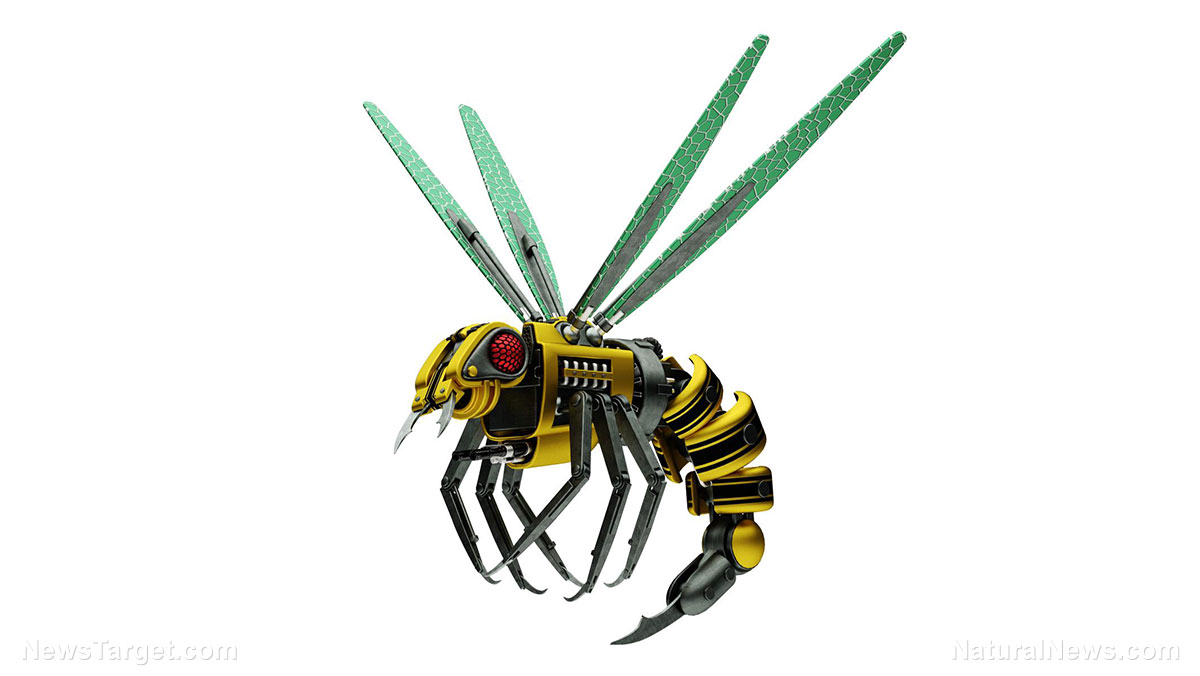
NASA has got an inspiring bee stuck in its bonnet. The agency recently announced plans for a robotic bee that will be able to buzz through the thin air of Mars. If it pans out, swarms of these tiny robot drones might one day replace traditional rovers, according to a LiveScience article.
Rovers are big, expensive, take time to crawl across the ground, and can get stuck in soft ground. The still-active Curiosity rover and its deactivated sister Spirit are as big as small cars. In comparison, a swarm of "flapping-wing robots" would take up much less room aboard transport spacecraft, move at a faster clip, and cover a large area in less time.
The planned drones are unimaginatively named Marsbees. According to the NASA announcement, they are the size of a bumblebee – which can grow anywhere from 0.4 to 1.6 inches long – with big flapping wings. (Related: Walmart just filed six patents for robot bees – and it sounds like an episode straight out of Black Mirror.)
Each Marsbee will carry sensors and wireless communications. They will use a conventional rover as a mobile base and communications hub, in much the same way real bees live in a hive and serve a queen.
Mars rovers will serve as hives and queens for robot bee swarms
According to NASA, a swarm of Marsbees will fly out to investigate the terrain around the rover. They will send wireless reports of any interesting findings to their queen. When they run low on power, they will return to their mechanical hive and recharge their batteries.
Their missions could range from straightforward aerial surveys to looking for signs of life, such as methane gas. Curiosity has sniffed out small amounts of the gas in the past, but the rover did not have the right sensors to find out if the methane came from organic life forms.
Using many smaller flying robots offers several advantages over a single big rover, says NASA. A swarm is one big mobile sensor network whose individual members can change position on the fly to better canvass the terrain. Each Marsbee can be sent out on its own – which allows the swarm to cover a bigger area – or be assigned to work alongside other units to focus on a single job.
The system is also much more robust. Losing one or two Marsbees will not instantly cripple the swarm.
Robot bees can swarm across Martian terrain and hunt down signs of alien life
As silly as the concept of robot bees on Mars sounds, it could work because of the low gravity of Mars, which is one-third that of Earth's gravity. So even though the Red Planet has a much thinner atmosphere, the Marsbees would also weigh much less there, making it much less of an effort to fly.
On Earth, rotary-wing robots are far more common than flapping-wing robots. You don't see paparazzi peeping on celebrities using robot bees; they use quadcopter aerial drones for that. So why pick a flapping-wing design for the Marsbees?
According to NASA, the design can take advantage of several very efficient technologies that save a lot of energy, such as a mechanism that can get power from the inertial energy of flapping wings. These energy-efficient features are vital to Martian vehicles as small as the robot bees.
Right now, the Marsbees design is still under development. NASA has two research teams working on separate parts of the flapping-wing robot. Researchers from the University of Alabama are crunching out numerical models while their Japanese counterparts will use their earlier experience with a hummingbird Micro-Air Vehicle (MAV) to build prototype robot bee.
Keep track of the newest space exploration technology at Space.News.
Sources include:
Please contact us for more information.















